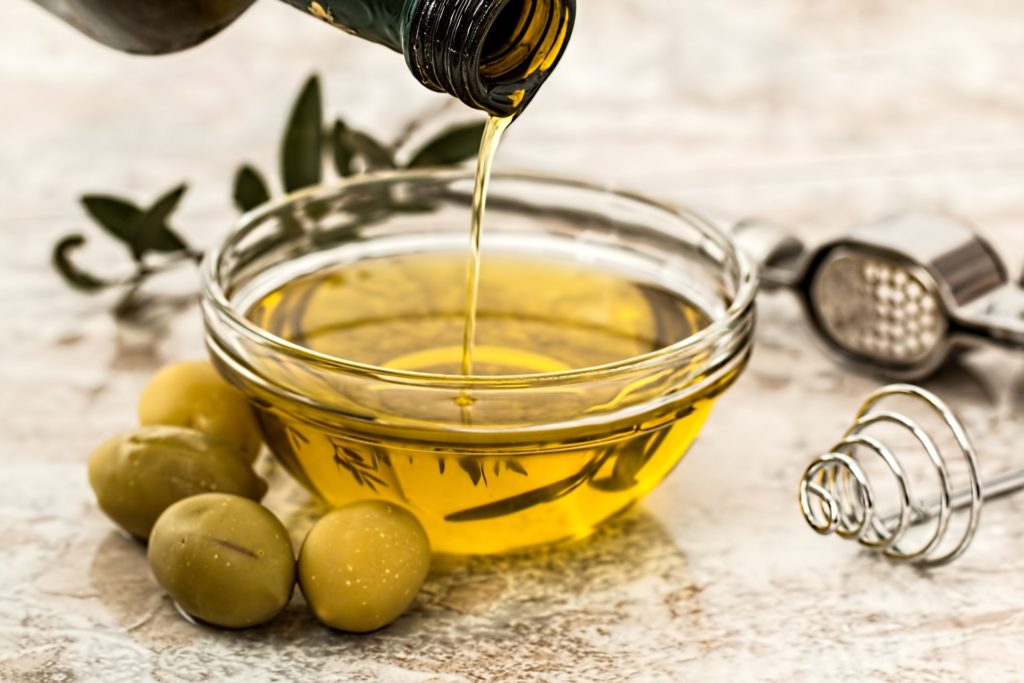
We’ve got the good oil on tracing your food’s provenance.
Is that extra virgin Italian olive oil in your cupboard really made from olives that grew under the Mediterranean sun? There are countless cases of food fraud that get exposed each year, such as the recent discovery of adulterated honey in Australia, the 2008 contaminated milk scandal in China, ongoing reports of blended wines and coffees, and not-so-genuine barramundi uncovered at the local fish shop. When it comes to olive oil, Forbes reported in 2016 that up to 80 per cent of Italian olive oil is fake.
The cost of food fraud each year is estimated at more than 50 billion dollars. The collateral damage is that reputable producers lose sales and get driven out of the market. In Australia, we are fortunate. There is a high degree of confidence and trust in our food supply chain, from the farm to the supermarket. Our producers rely on this trust to stay in the market and fetch good prices for the food they grow. As consumers, by and large we believe our food is safe and of good quality.
So how do we catch out the fraudsters who add cheaper ingredients or substitute a premium brand with a lesser alternative? Sure, we have certification processes that use labelling and documentation to counter fraud but these may not fully verify the origin and authenticity of food or may not be totally legitimate.
Enter our food detectives. Working with the Australian Nuclear Science and Technology Organisation (ANSTO), we’ve figured out a way to trace food from the paddock to the plate. Just as a fingerprint can identify a person, we’ve found that food has a unique signature if you know where to look: at the isotopes. Isotopes are atoms that occur everywhere in nature, including in animal and plant tissues. They are useful in tracing food because their ratios vary depending on where, how and under what conditions a food was produced. Isotopes come together in a unique combination called a Terron that can pinpoint the water source, soil and landscape where a product was grown.
Following the scent
Tracking the origin of food is only half the job of a food detective. To catch out food fraud, they need to be able to trace food across all points of a supply chain so they can identify where tampering, substitution or adulteration is occurring.
Distributed ledger such as blockchain technology makes this possible by enabling the Terron signature for an individual product to be cross-checked at all points along a supply chain.
The pressing issue: how soon will I know if my olive oil is indeed 100 per cent Italian or if it originates from northern Africa? Well, the scientists are currently developing and validating the methods that will analyse all this data and enable national regulators and manufacturers to verify their traceability systems. So it’s going to take a few years. But the work of the food detectives will mean we can feel confident about the authenticity of the food we buy. And producers can get premium prices for the quality food they grow.

